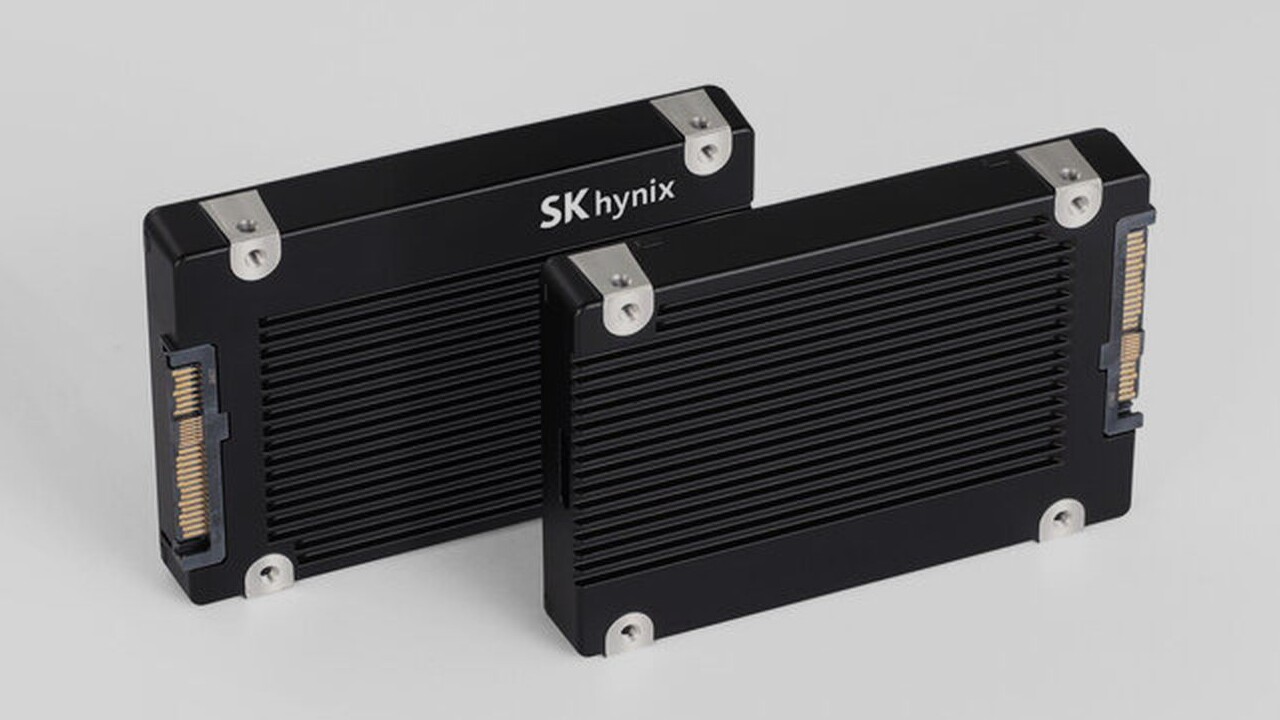Memory research: Kioxia talks about OCTRAM, 64 Gbit MRAM and the new 3D flash 14 comments

Kioxia aims to showcase new storage technologies at this year’s IEEE International Electron Devices Meeting (IEDM). These include a new form of 3D flash memory, OCTRAM developed in collaboration with Nanya, and MRAM with significantly greater storage capacity.
Oxide-semiconductor channel transistor DRAM (OCTRAM)
Kioxia doesn’t have much to do with DRAM, but a team and researchers at RAM maker Nanya are working on what’s called the DRAM oxide-semiconductor channel transistor, or OCTRAM for short. The heart of the system is a vertical transistor (keyword 3D DRAM), which requires particularly little energy thanks to an oxide semiconductor. Specifically, the researchers claim to have produced a functional 275 Mbit (~34 MB) OCTRAM array. There is also talk of the world’s first “4F2 DRAM gated oxide-semiconductor channel transistor (OCTRAM)”. More details will be communicated to visitors to the MEI on December 9.
High storage capacity MRAM
Magnetoresistive random access memory (MRAM) has been the subject of research for approximately 30 years. Unlike DRAM, this is non-volatile and therefore retains data even when the power is turned off.
Even though MRAM is as fast and durable as DRAM, it is far from being a replacement because the storage capacity per chip is far too low and the costs per bit are correspondingly high. MRAM is therefore a niche product so far and is used, for example, as radiation-resistant memory in aerospace or as a replacement for SRAM in gaming machines.
Market leader Everspin currently offers its STT-MRAM with a maximum storage capacity of 1 Gbit.
Kioxia and SK Hynix now want to reach a storage volume of 64 Gbit (8 GB) with their “Cross-Point MRAM”. This is even more than the previous DRAM could handle, which is currently 32 GB. Thinner structures are crucial for high storage capacity. We’re talking about “the smallest scale ever used for MRAM” with a half-step of 20.5 nanometers. More details are planned for December 10.
New 3D flash memory
On December 11, Kioxia wants to focus on its core area of flash memory in the session “Superior Scalability of Advanced Horizontal Channel Flash for Future Generations of 3D Flash Memory.” A design is described in which the cells are not arranged vertically, as in previous 3D NAND, but horizontally. We are talking about Horizontal Channel Flash (HCF) with minimized 2F2 cells, intended to achieve reliable mass storage with high bit density and low costs.
Topics: 3D-NAND RAM Flash Memory Research Semiconductor Industry IEDM 2024 Storage Technologies Kioxia MRAM Storage Source: Kioxia

Alice guides you through the best storage solutions, from ultra-fast SSDs to secure cloud options.

